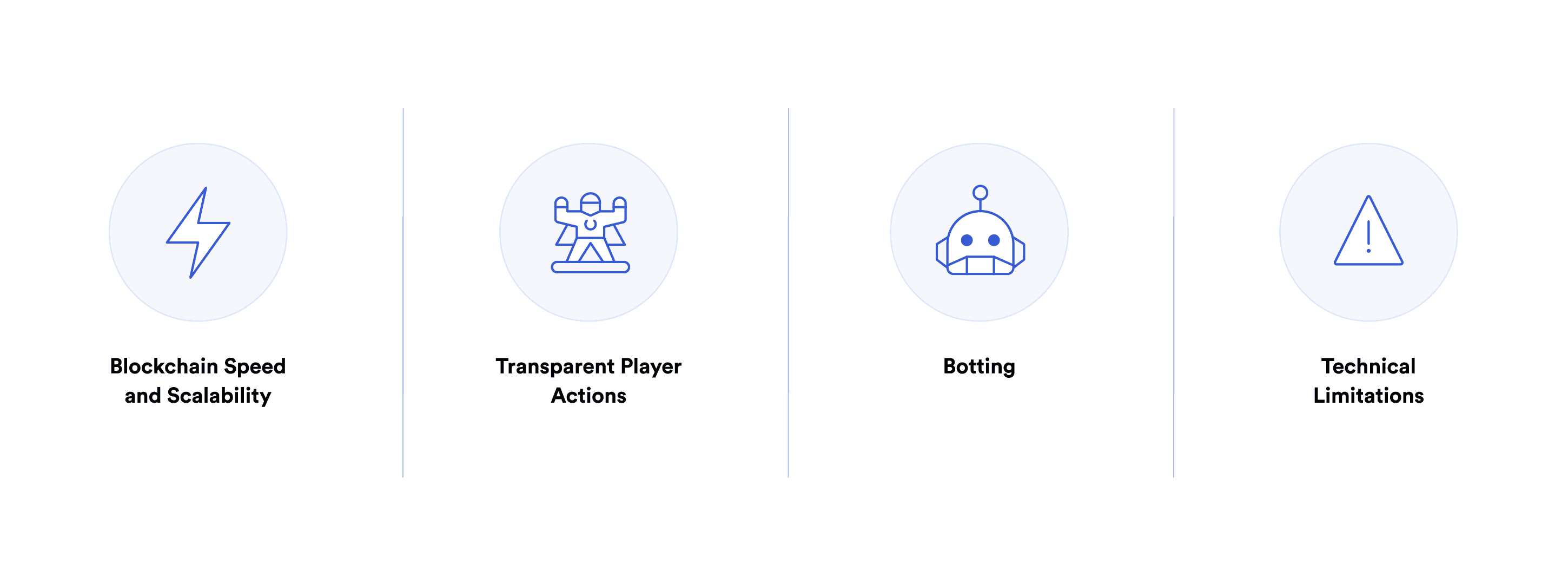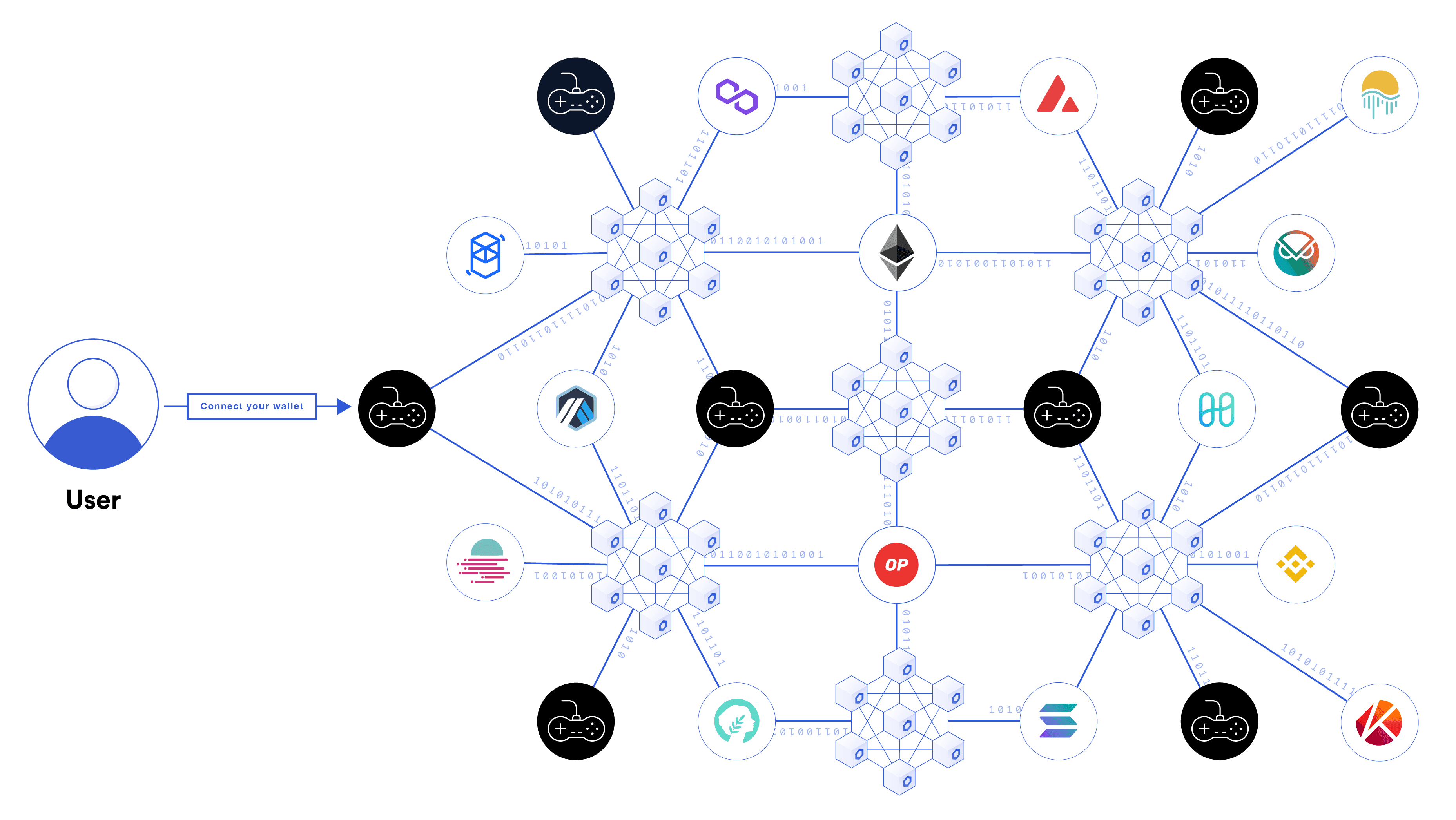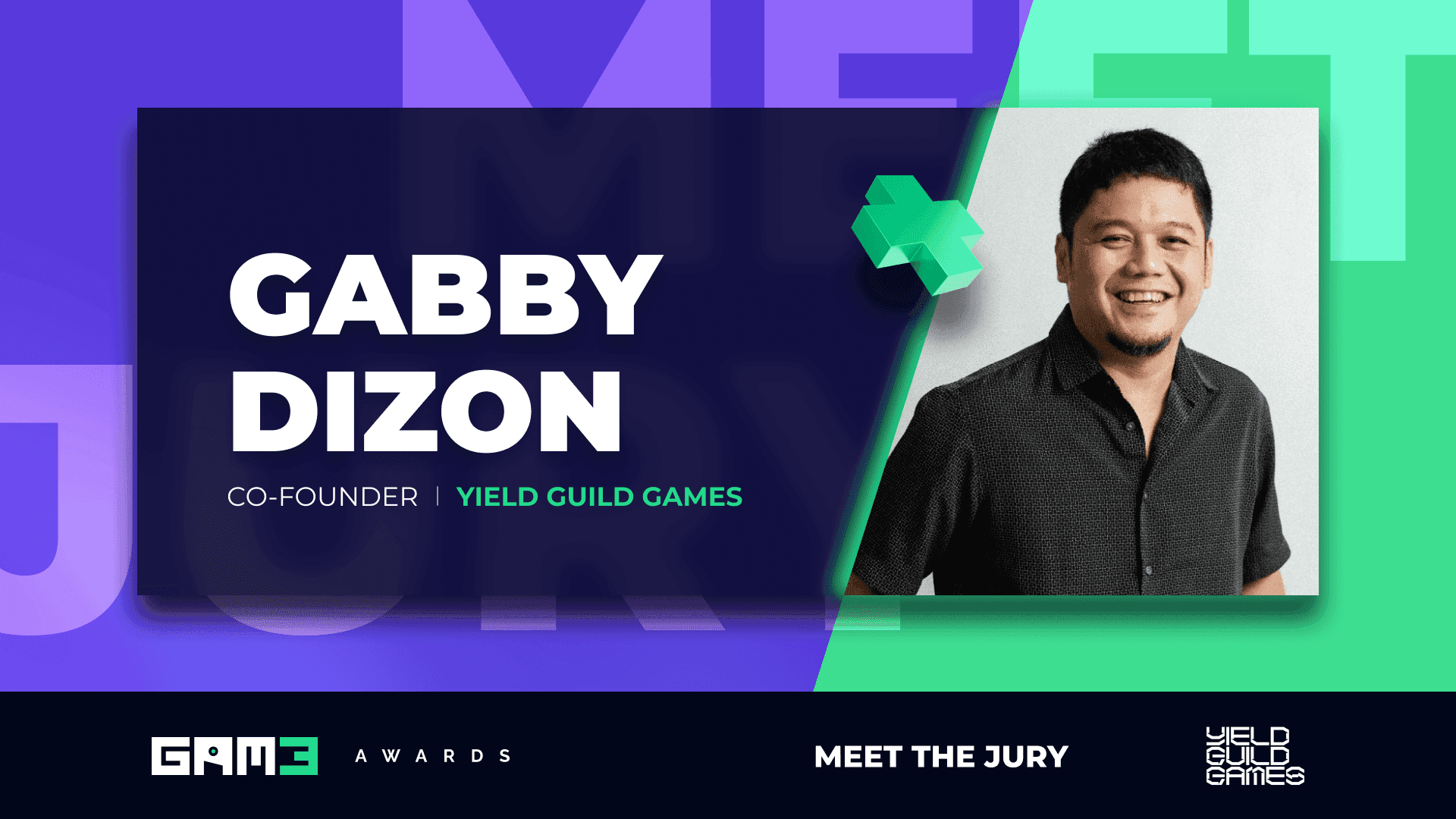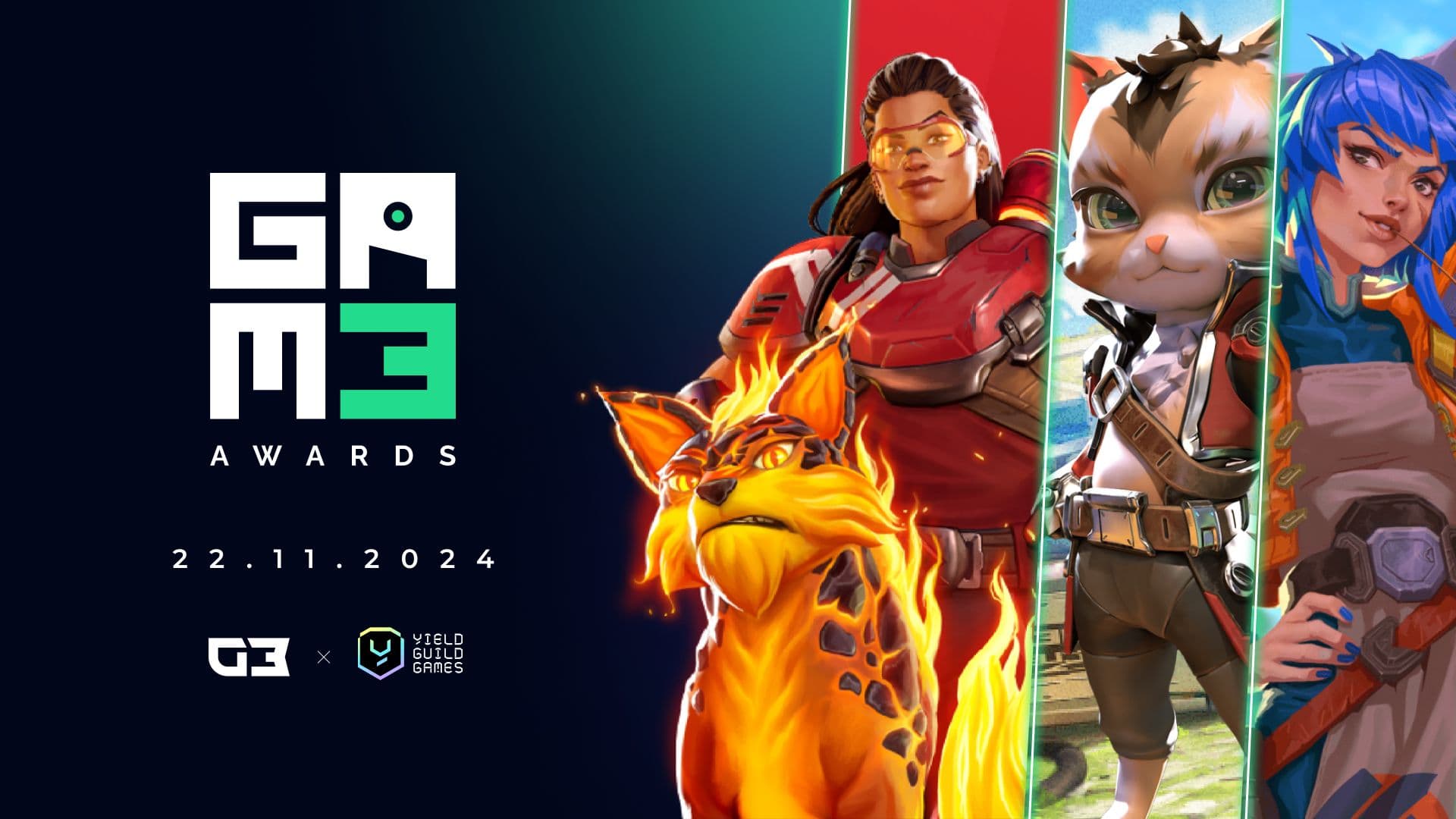Web3 gaming is gaining renewed interest as developers, players, and investors begin to look past short-term market trends and focus on its foundational principles. At its core, web3 gaming is about granting players true ownership of their in-game assets, identities, and achievements. This approach contrasts with traditional gaming models where all progress and purchases are ultimately controlled by centralized publishers. In web3 games, assets such as digital land, weapons, or badges of reputation exist on-chain, allowing players to retain control even beyond the lifespan of the games themselves.
This shift toward decentralization reflects a broader desire for agency and recognition among players who have historically invested significant time and money without the ability to claim real ownership. The concept is not new; secondary markets for in-game items have existed for years, such as those built around CS:GO or World of Warcraft. However, web3 technology allows these economies to become open, transparent, and player-driven, reducing the risk of arbitrary shutdowns or restrictive rules.

The Current State and Future Potential of Web3 Gaming
Challenges and Misconceptions
Despite its promise, web3 gaming continues to face skepticism. Some critics point to falling token prices, studio closures, and the absence of mainstream breakout titles as signs of failure. However, many within the industry argue that these measures overlook the broader trajectory of development and innovation. In an opinion piece, written for CoinDesk by Gabby Dizon, co-founder of Yield Guild Games, compares this skepticism to the early dismissal of mobile gaming or free-to-play models, both of which eventually became dominant forces in the industry.
One of the most common misconceptions is the assumption that web3 gaming should already be operating at the same level as traditional gaming. This overlooks the fact that web2 games have had decades to refine their design, user acquisition, and monetization strategies. In contrast, web3 games are still in an experimental phase, navigating new technical, economic, and design challenges. While billions in venture capital have accelerated development, this investment alone cannot create lasting, high-quality games without time and iteration.

Challenges and Benefits of Blockchain Gaming
Signs of Progress and Innovation
Despite a difficult market environment, there are several indicators that web3 gaming is advancing. Axie Infinity, which had under 500 daily users in 2020, now operates on its own blockchain, Ronin. In 2024, Ronin experienced a 134% increase in NFT trading volume compared to the previous year, and now supports 17 different games. The platform recently went permissionless, enabling developers to launch games more easily and encouraging experimentation within its ecosystem.
Pixels, a farming simulation game also built on Ronin, serves as another example. It peaked at 1.3 million daily active users and still maintains around 250,000 users daily, even after a significant decline in its token price. What stands out is the level of player retention and spending—users are continuing to invest in-game by purchasing land and upgrading assets, contributing to a circular and sustainable in-game economy.
Parallel, a trading card game operating on Ethereum, has also demonstrated the potential of web3 esports. The game recently held a championship event at the HyperX Arena in Las Vegas, a venue known for hosting major esports tournaments. This signals the potential crossover between web3 games and traditional competitive gaming, further legitimizing the space.

Ronin Opens its Doors to Web3 Builders and Gamers
A Long-Term View on Development
The web3 gaming sector is often evaluated using short-term financial metrics, but its advocates argue that a long-term perspective is more appropriate. Like previous shifts in the gaming industry, such as the rise of digital distribution or the emergence of esports, early skepticism is common. However, historical patterns suggest that significant transformations often begin with small, misunderstood developments before gaining widespread traction.
Developers and founders who remained committed through previous downturns emphasize that progress continues, even if it is not immediately visible to outside observers. The focus is now on improving gameplay quality, enhancing tokenomics, and building games that players genuinely want to engage with for extended periods—not just for financial gain, but for the overall experience and value of participation.

Advantages and Disadvantages to Blockchain Games - interoperability
Final Thoughts
Blockchain gaming is navigating a critical phase of development. While the initial excitement has subsided and external challenges remain, the sector continues to evolve with a focus on sustainable economies, player ownership, and deeper engagement. As infrastructure improves and new games emerge, web3 gaming is beginning to demonstrate its potential beyond early speculative models.
Rather than viewing current conditions as a sign of failure, many within the industry see this period as part of a necessary cycle of experimentation and learning. With continued innovation and a focus on long-term goals, web3 gaming may yet become a defining segment of the broader gaming landscape.
Source: CoinDesk


